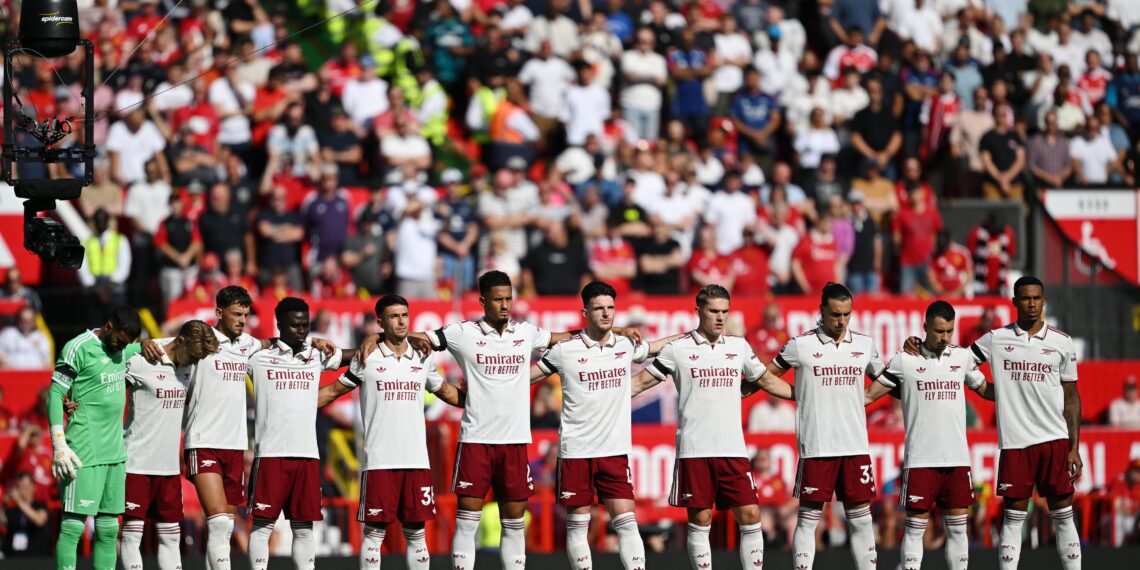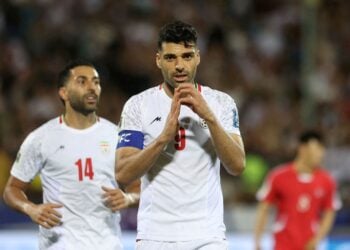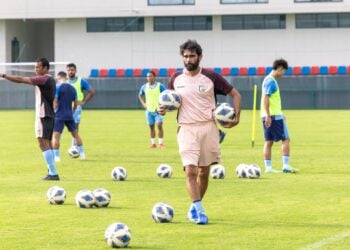Arsenal stands at a crucial crossroads as the 2025-26 campaign beckons. After three consecutive seasons of finishing second in the Premier League, the pressure has never been more intense for Mikel Arteta’s men to finally deliver the title that has eluded them since 2004. The Emirates faithful have witnessed their team transform from mid-table mediocrity to genuine title contenders, yet that final step toward glory remains frustratingly out of reach.
This summer’s transfer activity signals Arsenal’s determination to break the cycle. The marquee signing of Victor Gyökeres from Sporting CP for a club-record fee represents more than just squad strengthening—it’s a statement of intent that Arsenal means business in their pursuit of Premier League supremacy.
Table of Contents
1. Has Arsenal Finally Found Their Clinical Finisher to Complete the Championship Puzzle?
Arsenal supporters have consistently pointed to one glaring omission in their title-challenging squad: a lethal central striker.
Three consecutive runner-up finishes have exposed the same weakness—the absence of a genuine 20-goal-per-season marksman leading the line. This void became painfully evident when Arsenal’s challenge crumbled in the closing months of 2024-25, watching powerlessly as Liverpool dominated the Premier League summit.
After resisting pressure to address this issue twelve months ago, Arteta faced a critical juncture this summer. Another season without recruiting a proven goalscorer would have invited accusations of strategic malpractice, particularly if the trophy drought continued.
The response was emphatic: Arsenal secured Victor Gyökeres, arguably European football’s most devastating finisher over the past two seasons. The Swedish international’s remarkable statistics tell their own story—97 goals across 102 appearances for Sporting CP, including an extraordinary 68 strikes in just 66 Portuguese league matches, complemented by 17 assists.
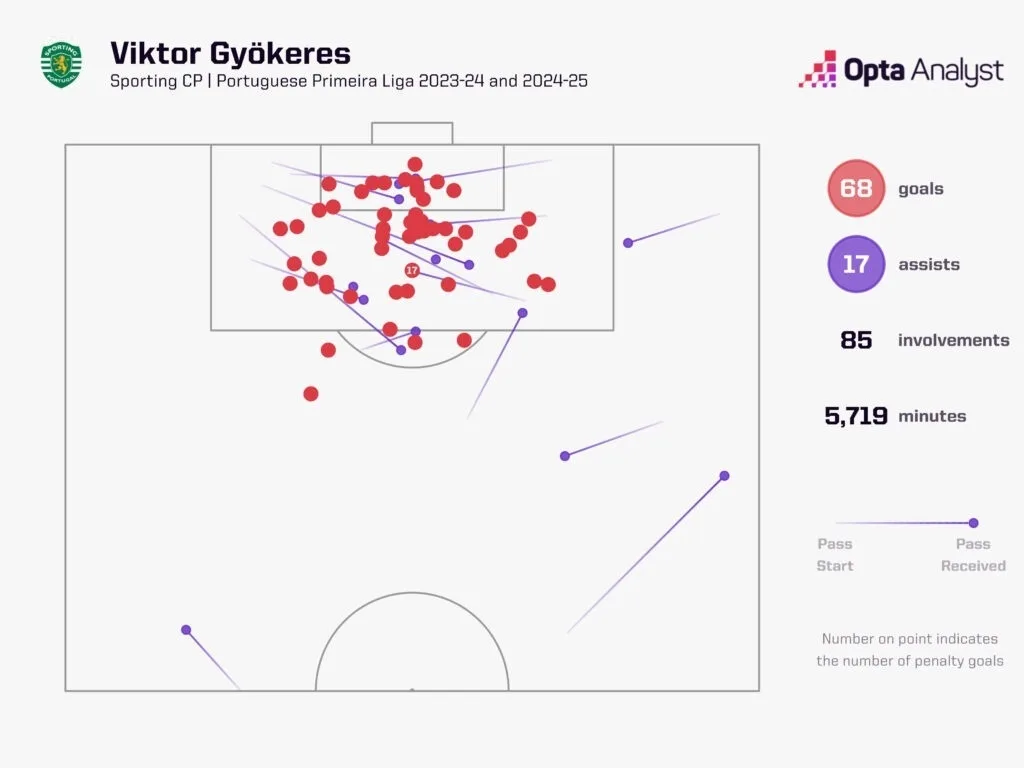
These statistics demonstrate Gyökeres’ exceptional finishing ability. However, the crucial uncertainty surrounds the 27-year-old’s capacity for rapid Premier League adaptation while maintaining his prolific scoring rate in more demanding competition. His career path hasn’t included experience in Europe’s elite divisions, though his six-goal return from eight Champions League encounters last season offers encouragement.
Should Gyökeres deliver consistent goals, Arsenal faces another dilemma: is attacking reinforcement alone sufficient to overtake Liverpool and Manchester City? While enhanced firepower obviously strengthens title credentials, accommodating Gyökeres requires sacrificing another starter. Kai Havertz appears the likely casualty, despite his invaluable defensive contributions and tactical discipline compensating for modest goal tallies.
Gyökeres undoubtedly brings proven goal-scoring pedigree, yet his arrival doesn’t guarantee the immediate, transformative impact required for championship glory.
2. Should Arsenal Abandon Defensive Pragmatism for Attacking Ambition?
Following their chaotic yet thrilling 2022-23 title bid fueled by momentum and collective belief, Arsenal have evolved into a methodical, defensively-oriented machine. The Gunners’ championship pursuits have been anchored by their impenetrable backline—statistically the Premier League’s strongest defensive unit for two consecutive campaigns.
Sir Alex Ferguson’s legendary maxim—”Attack wins you games, defence wins you titles”—appears increasingly questionable given Arsenal’s continued silverware drought despite defensive excellence.
The tactical crossroads facing Arteta is clear: persist with the defensive solidity that defines this Arsenal side, or embrace greater attacking risk in pursuit of elusive glory?
Recent evidence favors offensive firepower. Liverpool claimed last season’s crown while outscoring every rival by at least 14 goals. Manchester City’s previous triumph featured 96 goals—a five-goal margin over their nearest competitor. Remarkably, only once since 2016-17 has the league’s highest scorer failed to lift the trophy.
Arsenal’s offensive output paints a concerning picture: their 69-goal tally barely exceeded 17th-placed Tottenham’s by five. Dead-ball situations have become a tactical crutch rather than supplementary weapon.
The statistics are revealing: 15 set-piece goals placed Arsenal fourth-highest, while 27.4% of their expected goals derived from these situations—the league’s sixth-highest dependency. Liverpool’s contrasting 12.2% demonstrates how champions typically generate chances through open play.
Emirates supporters certainly appreciate their team’s set-piece prowess—the anticipation accompanying every corner is palpable and justified.
Yet questions persist about Arsenal maximizing their considerable creative resources. Their open-play expected goals of 43.1 ranked an underwhelming seventh, trailing Spurs and barely exceeding Manchester United. Liverpool’s 66.2 open-play xG illustrates the gap between Arsenal’s cautious approach and championship-winning attacking output.
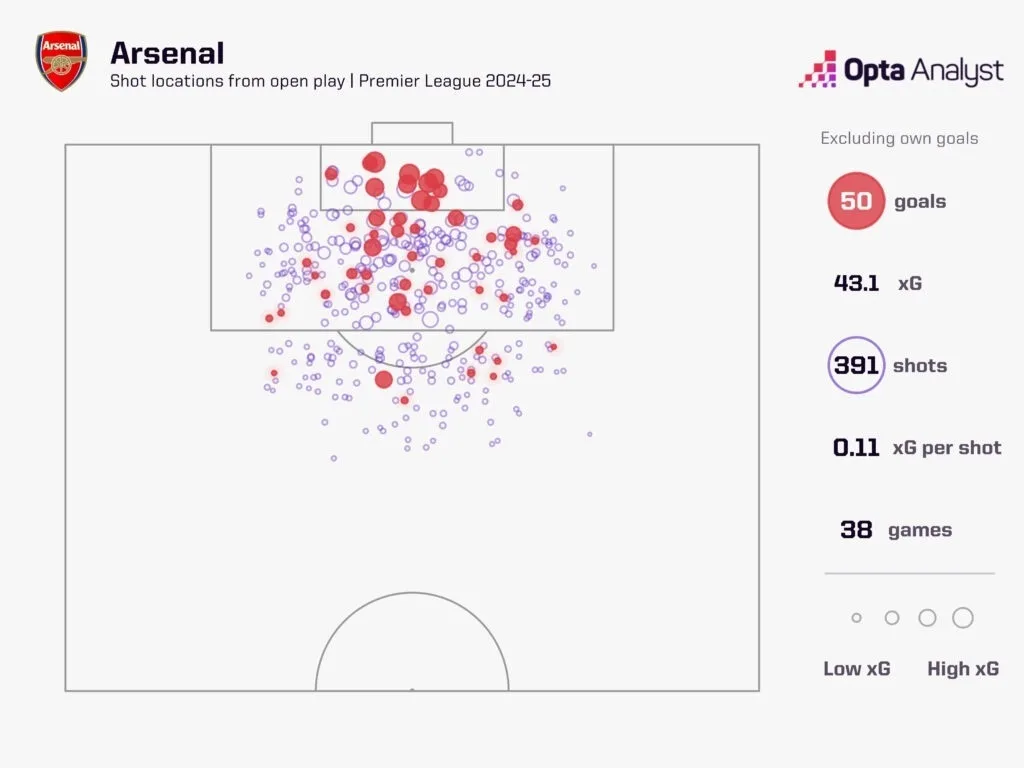
Arsenal ranked among the Premier League’s most defensive teams when out of possession last season, frequently retreating into a compact low-block formation, as illustrated in the accompanying data visualization.
While this statistic requires context—Arsenal’s league-leading six red cards naturally forced defensive conservatism when reduced to ten players—the pattern extends beyond numerical disadvantages. Even accounting for these disciplinary issues, the Gunners consistently adopted deeper defensive positions compared to their title-challenging counterparts.
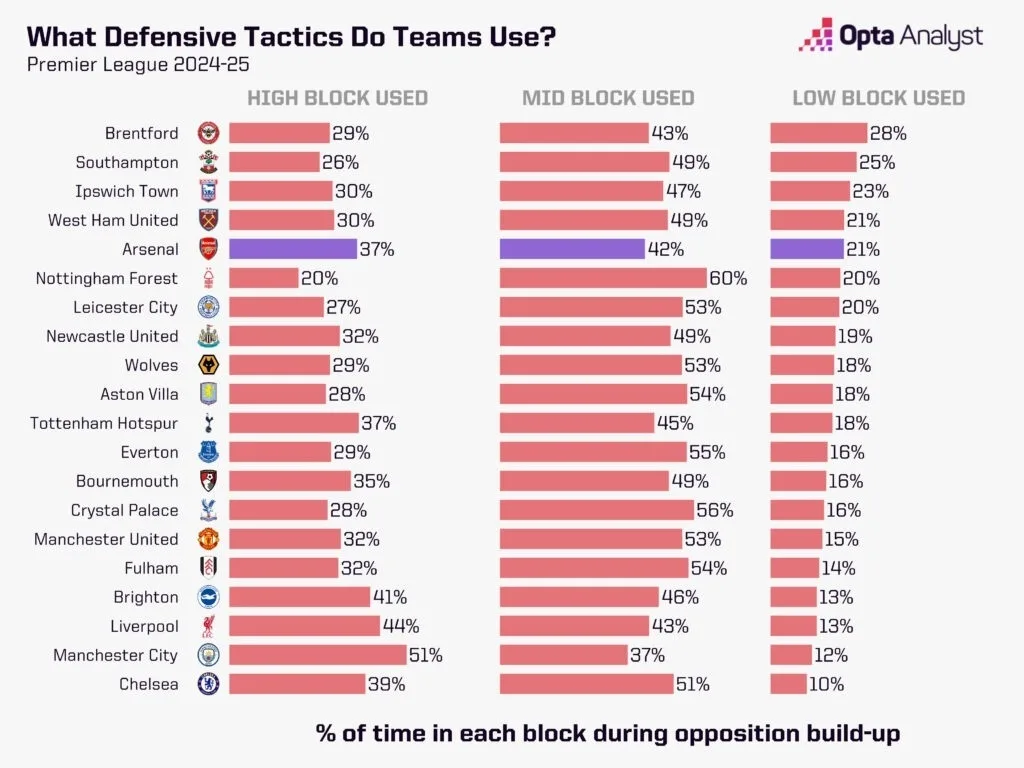
Greater attacking intent might have prevented Arsenal’s frustrating tally of 14 Premier League draws last season—a statistic bettered only by Everton’s 15 stalemates.
Most damaging were the nine occasions Arsenal surrendered winning positions among their 12 score draws. Had they maintained attacking momentum rather than retreating, several of these squandered victories could have been secured.
While definitive conclusions remain elusive, many analysts will argue that Arsenal’s tendency toward defensive caution after taking leads ultimately costs them crucial points—points that adopting a more ruthless, aggressive approach might have delivered.
3. Can Arsenal Solve Their Mid-Table Struggles?
Building on the attacking concerns, Arsenal’s struggles against mid-tier opposition proved particularly costly last season.
The statistics are damning: just six victories from 18 encounters with teams finishing seventh through 15th, failing to secure home-and-away wins against a single mid-table opponent.
Paradoxically, Arsenal excelled against elite and struggling teams alike. Their record versus top-six rivals was second only to Liverpool’s, while they achieved a perfect 10-from-10 against the relegation-threatened bottom five.
This middle tier became Arsenal’s kryptonite, with a dismal 33.3% win rate against these nine teams contrasting sharply with their 70% success rate (14 wins from 20 matches) against the remaining opposition.
Breaking this pattern is essential for title aspirations. The enhanced squad depth assembled this summer should theoretically provide the rotation options and tactical flexibility needed to unlock these frustrating opponents who repeatedly stifled Arsenal’s ambitions last campaign.
4. Will Saka Finally Reach Superstar Territory?
Bukayo Saka has already established himself among football’s elite wingers. His breakthrough occurred seasons ago by any reasonable measure.
Yet his attacking statistics haven’t reached the stratospheric levels achieved by players like Mohamed Salah, despite his undeniable quality.
Following consecutive campaigns with 25 Premier League goal contributions, Saka’s injury-disrupted 2024-25 yielded just 16 combined goals and assists.
By comparison, Salah hasn’t dropped below 27 goal involvements in any of his eight Liverpool seasons, surpassing 30 on five occasions. His remarkable 47 last season and previous high of 42 in 2017-18 set the benchmark for elite production.
Context matters significantly here. Saka remains just 23, turning 24 next month. When Salah was that age, he was struggling for opportunities at Chelsea—his transformation came later.
This age differential grants Saka considerable development time. There’s no immediate pressure to reach 30-40 goal contributions to validate his status as Arsenal’s talisman or world-class talent.
Nevertheless, the trajectory points toward explosive potential. His 2024-25 rate of 0.83 goal involvements per 90 minutes represents career-best efficiency, progressing from 0.71 two seasons ago and 0.77 the following year.
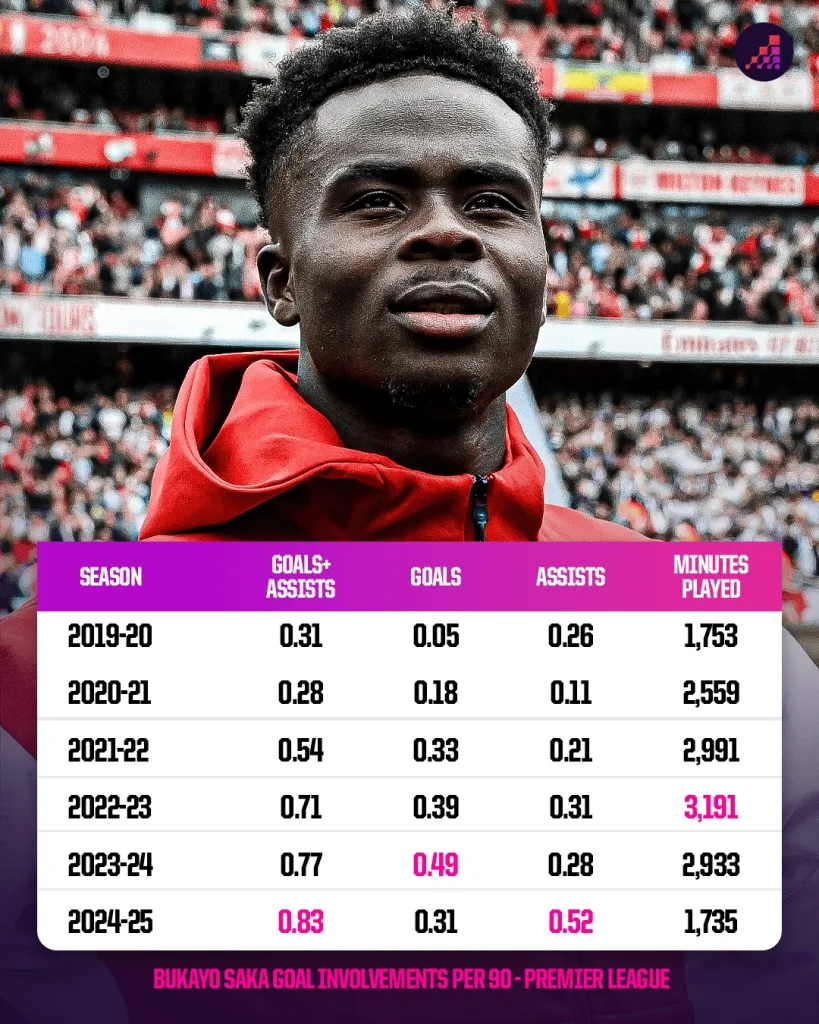
Sustaining peak performance across an entire season remains the primary objective. Noni Madueke’s arrival provides crucial rotation opportunities, ensuring Saka receives strategic rest periods throughout the campaign. This counterintuitive approach—reduced minutes leading to increased productivity—could unlock his maximum potential.
All indicators suggest 2025-26 could witness Saka’s ascension into the 30+ goal contribution bracket, potentially exceeding even that milestone.
5. Is Trophy Success Now Essential for Arteta’s Future?
Arteta’s hunger for major silverware has become increasingly evident. While this Arsenal squad possesses championship-caliber quality, they’ve repeatedly fallen short in the Premier League and Champions League. The 2020 FA Cup triumph—achieved with an entirely different squad—stands as Arteta’s sole trophy across five seasons.
The transformation under the Spanish manager is undeniable. From back-to-back eighth-place finishes to perennial title contenders represents remarkable evolution. His achievements deserve significant credit.
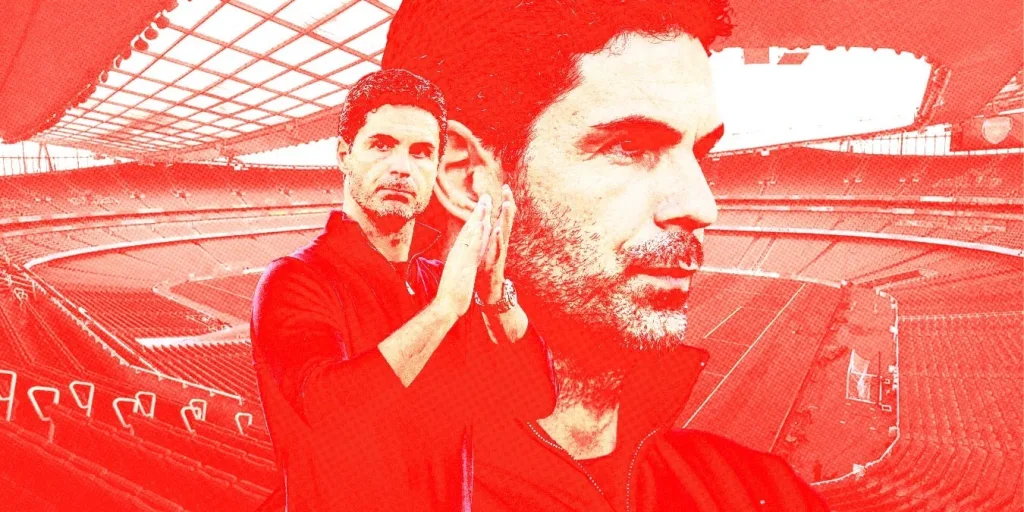
Yet certain voices argue that perpetual runner-up status and promising cup campaigns don’t adequately reflect genuine progress. Growing sections of the fanbase may question Arteta’s position if another trophyless season follows this summer’s substantial investment.
While perhaps harsh given the context, the reality is straightforward: this squad should be collecting silverware. The opportunity for vindication has never been clearer.
The stakes at the Emirates couldn’t be higher entering 2025-26.
Read More: Liverpool 2025-26 Season Preview: Five Key Questions as Champions Target Back-to-Back Titles
FAQs
Who are Arsenal’s major signings for 2025-26?
Victor Gyökeres (Sporting CP, club-record fee) and Noni Madueke (Chelsea) headline £150m+ summer spending.
Why did Arsenal finish second three years running?
Insufficient goals (69), over-reliance on set-pieces, poor mid-table record (33.3% wins), and dropped leads.
Can Gyökeres solve Arsenal’s striker problems?
His 97 goals in 102 games at Sporting looks promising, but Premier League adaptation remains the key question.
What are Arsenal’s main weaknesses?
Mid-table struggles, tendency to surrender leads, midfield balance issues, and mounting trophy pressure.
Is this Arteta’s last chance?
After five years with one FA Cup, failure to deliver major trophies in 2025-26 could jeopardize his position.

